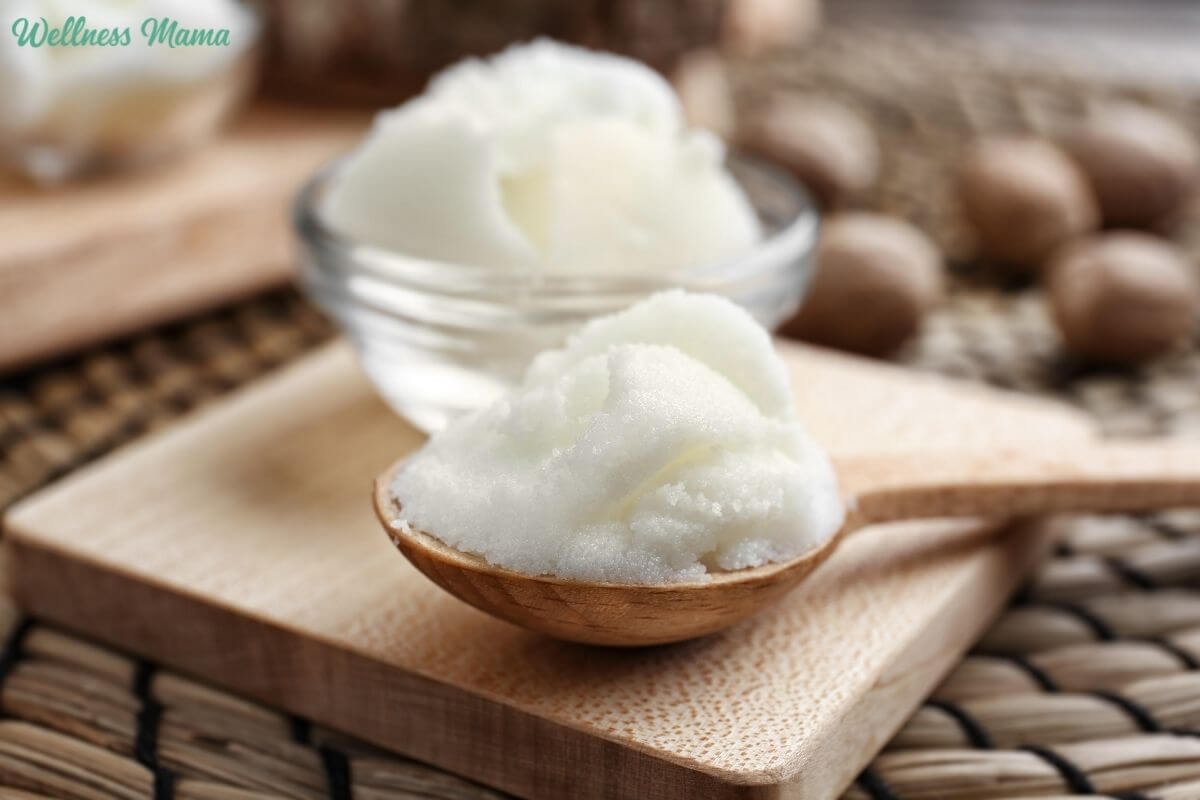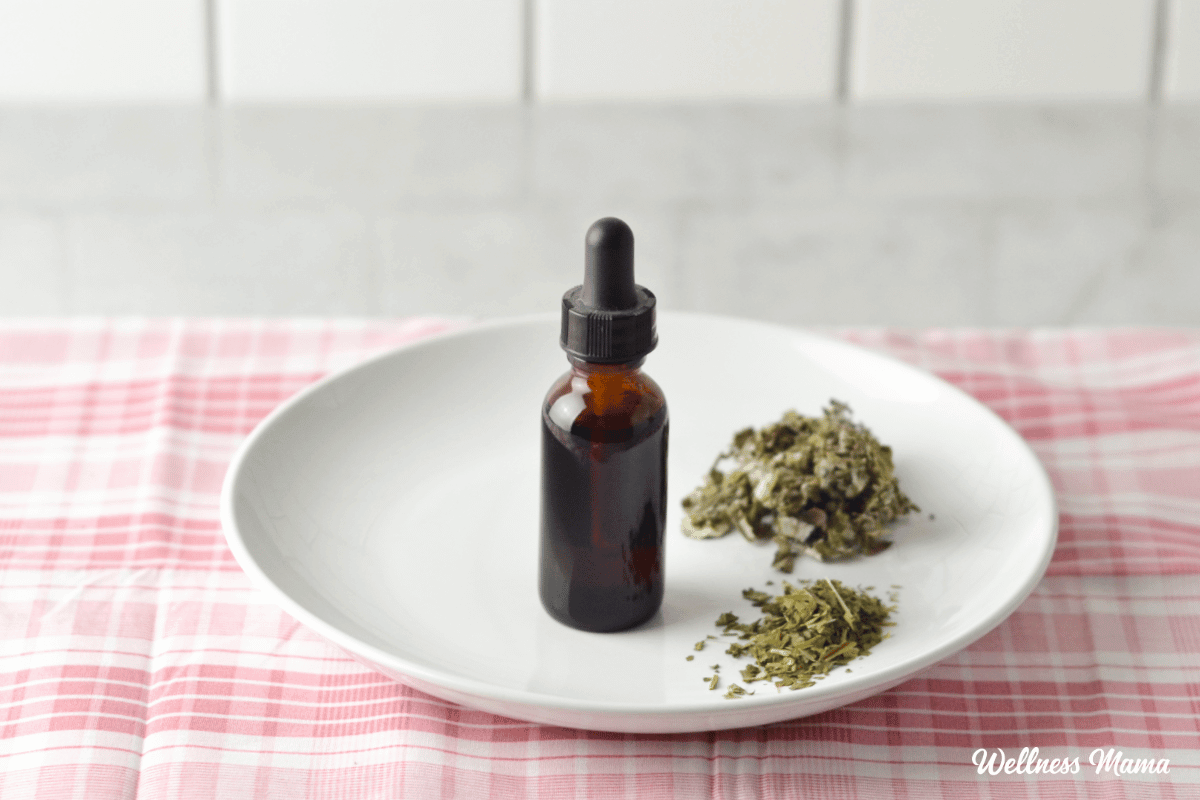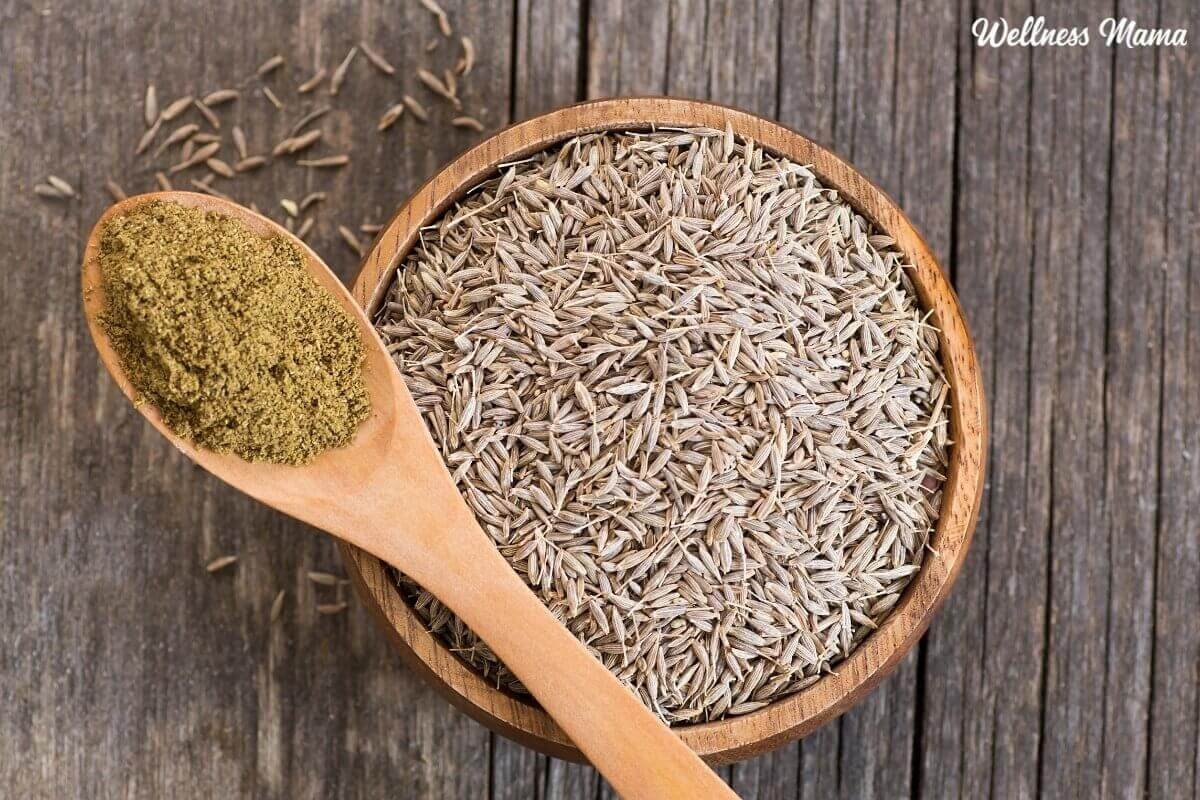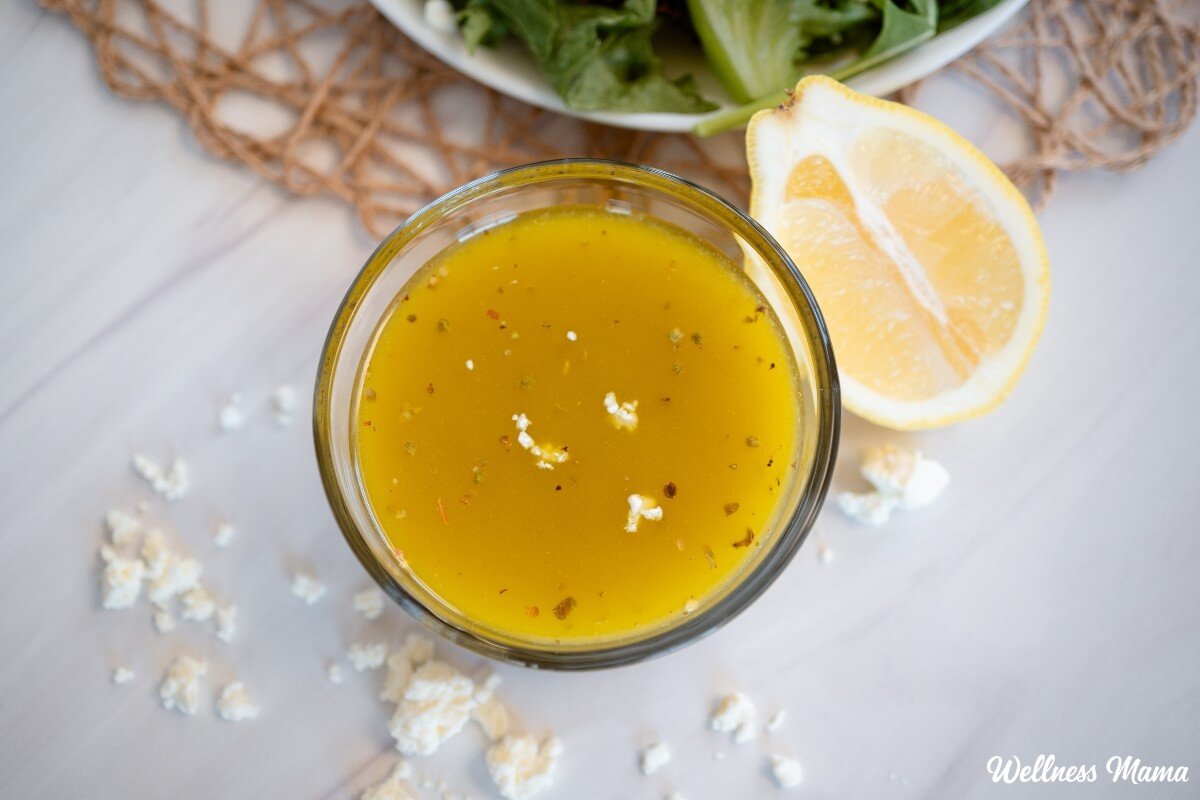Eye problems can be quite distressing, particularly for children. Pink eye, or conjunctivitis, is a prevalent condition among children but can also affect adults. To prepare you or your child for dealing with it effectively, here are some home remedies.
Understanding Pink Eye
Pink eye is essentially inflammation or irritation of the conjunctiva in the eyes. While eyes may become red due to several factors, pink eye specifically results from viral, bacterial, or allergic sources. Sometimes, a foreign object in the eye might cause redness but not necessarily an infection.
Varieties of Pink Eye
-
Viral Pink Eye: This is the most widespread form, commonly due to adenoviruses, which are associated with mild cold and flu symptoms. Other causes can include herpes simplex viruses.
-
Bacterial Pink Eye: Though less common, bacterial pink eye occurs due to pathogens like Haemophilus influenza, Streptococcus pneumonia, and Moraxella catarrhalis.
-
Allergic Pink Eye: Triggered by allergens such as pollen, this differs from the infectious forms.
- Pink Eye in Infants: Infants can develop pink eye due to different reasons such as partially blocked tear ducts, infections passed from the mother during birth, or irritation from eye drops.
Pink eye can last from several days to weeks and is most frequent among school-aged children. Allergic conjunctivitis persists as long as the person remains exposed to the allergen.
Though some suggest predicting the condition’s cause based on discharge color, diagnosing accurately might require more sophisticated methods. Viruses, especially adenoviruses, cause around 90% of pink eye cases.
Symptoms of Pink Eye
Redness or pinkness in the eye is the primary symptom. Other signs may include:
- Dry eyes
- Itchiness
- Redness
- Grittiness
- Swelling
- Discharge that can form a crust, potentially sealing the eyes shut overnight
Fighting off allergens or infections could also result in tiredness or discomfort.
How Pink Eye Spreads
Pink eye spreads easily from one person to another. The most common viral culprit, adenovirus, can survive on surfaces for long periods and resist some cleaners.
Children tend to touch their eyes and faces frequently, making it easier to transfer germs to objects and people.
Standard Treatments for Pink Eye
Due to its viral roots, pink eye often lacks effective medical treatments. Eye doctors might prescribe antibiotics or drops, though the CDC cautions this for viral cases.
For allergic conjunctivitis, over-the-counter antihistamines or anti-inflammatory drops are common.
Pain and inflammation may also be managed using ibuprofen.
When to Consult a Doctor
Pink eye generally resolves without medical help, but medical advice should be sought if experiencing:
- Eye pain
- Sensitivity to light
- Deep redness in the whites of the eyes
- Blurred vision that isn’t resolved by clearing discharge
- Neonates with symptoms should see a doctor immediately
Maintaining Good Eye Hygiene
Healthy habits are crucial in managing and preventing pink eye. Here are some recommendations:
- Avoid wearing contact lenses during infection.
- Frequently change pillowcases and sheets.
- Avoid eye contact with infected hands, and wash hands after touching eyes.
- Utilize a clean washcloth with warm water as a compress. Some suggest cool compresses to ease inflammation.
- Remove crusty discharge with a warm cloth, especially in the morning.
- Abstain from eye makeup during infection and discard used products after recovery, as they can harbor bacteria.
Home Remedies for Pink Eye
While medical options might be limited, various home remedies offer potential relief for pink eye.
Solutions for Allergic Pink Eye
Addressing the root cause by dealing with allergy issues, including gut health, is vital. Products like Genexa offer homeopathic treatments designed to alleviate symptoms swiftly.
(Natural) Artificial Tears
Providing lubrication to the eyes, natural artificial tears can ease discomfort without attacking pathogens. It’s advisable to avoid drops aimed at redness relief, as they may worsen irritation.
Vitamins and Supplements
A robust immune system aids in combating pink eye. Probiotics, zinc, and vitamin C are particularly supportive, as shown in research indicating their efficacy against bacterial conjunctivitis.
Breastmilk
Although a popular natural remedy, its results are mixed. Some studies suggest limited bacterial immunity while others found effectiveness similar to conventional eye drops. It’s worth noting that breastmilk adapts to each mother’s baby.
For use, apply clean breastmilk drops to the affected eye as needed.
Chamomile as a Pink Eye Remedy
Chamomile can soothe infections and inflammation, making it a gentle option suitable for children and pregnant or breastfeeding women. However, caution is advised for those with hay fever or allergies.
Chamomile can be used by soaking tea bags in warm water and placing them over closed eyes or as a washed solution.
Cats Claw Bark
Effective for inflammation and irritation, cat’s claw works as an immune system stimulator. It should be avoided during pregnancy or when using immunosuppressant medication.
To prepare, simmer the dried root, optionally mixing with plantain leaf for extra moisture, and apply as a wash or compress.
Eyebright
Known for easing red, itchy eyes from allergies, eyebright is considered beneficial for inflammatory conjunctivitis.
It can be used by dipping tea bags for topical application or as an eyewash prepared from the herb.
Garlic for Pink Eye
While not to be applied on the eyes, garlic’s antiviral and antibacterial properties make it effective against pathogens. Incorporate it liberally in meals for its benefits.
Echinacea
Valued for strengthening the immune system, echinacea might help with viral eye infections, especially when used early.
Various herbal forms are available, such as teas and tinctures.
Elderberry and Chokeberry (Aronia)
Despite elderberry not being highly effective against typical pink eye adenoviruses, aronia could provide the antiviral support needed.
Astragalus
An adaptogen from China, astragalus reduces inflammation and enhances immunity against adenoviruses. However, those with autoimmune conditions or on certain medications should exercise caution.
Colloidal Silver
Although historically used for its antimicrobial properties, applying silver near the eyes has been associated with irritation and discontinued in many practices.
Consider opting for homeopathic eye drops containing silver instead if desired.
Final Thoughts
While conventional treatments mainly address symptoms, natural remedies may help fight the underlying causes of pink eye. Should conditions worsen or stay the same, consulting a health professional is a prudent choice. There are numerous natural solutions to try, each bringing hope for effective relief.
Have you encountered pink eye before? Share your experiences and remedies in the comments!
-
Azari, A. A., & Arabi, A. (2020). Conjunctivitis: A Systematic Review. Journal of ophthalmic & vision research, 15(3), 372–395.
-
European Medicines Agency. (2015). European Union herbal monograph on Matricaria recutita L., flos.
-
Baynham, J. et al. (2013). Antibacterial effect of human milk for common causes of pediatric conjunctivitis. The British journal of ophthalmology, 97(3), 377–379.
-
Centers For Disease Control. (2022, November 23). Adenoviruses: Clinical Overview.
-
Eggers, M., et al. (2022). Antiviral activity of plant juices and green tea against SARS-CoV-2 and influenza virus. Phytotherapy research: PTR, 36(5), 2109–2115.
-
Favennec, F., et al. (2003). Aspects particuliers des rhinites et rhino-conjonctivites [Particular aspects of rhinitis and rhino-conjunctivitis]. European annals of allergy and clinical immunology, 35(3), 99–102.
-
Favennec, F., & Catros, A. (1993). Zinc et conjonctivites saisonnières [Zinc and seasonal conjunctivitis]. Allergie et immunologie, 25(3), 119–122.
-
Hoffman, D. (2003). Medical Herbalism: The Science Principles and Practices Of Herbal Medicine. Healing Arts Press.
-
Iovieno, A., et al. (2008). Preliminary evidence of the efficacy of probiotic eye-drop treatment in patients with vernal keratoconjunctivitis. Graefe’s archive for clinical and experimental ophthalmology = Albrecht von Graefes Archiv fur klinische und experimentelle Ophthalmologie, 246(3), 435–441.
-
Mahl, M. C., & Sadler, C. (1975). Virus survival on inanimate surfaces. Canadian journal of microbiology, 21(6), 819–823.
-
Mars, B. (2007). The Desktop Guide to Herbal Medicine. Laguna Beach, CA: Basic Health Publications Inc.
-
Mayo Clinic (2020, June 16). Pink Eye (Conjunctivitis).
-
Mohamed, S., et al. (2020). Antibacterial effects of antibiotics and cell-free preparations of probiotics against Staphylococcus aureus and Staphylococcus epidermidis associated with conjunctivitis. Saudi pharmaceutical journal : SPJ : the official publication of the Saudi Pharmaceutical Society, 28(12), 1558–1565.
-
Rouf, R., et al. (2020). Antiviral potential of garlic (Allium sativum) and its organosulfur compounds: A systematic update of pre-clinical and clinical data. Trends in food science & technology, 104, 219–234.
-
Rud, M. (2021, March 19). Here’s How Often You Should Actually Replace Your Makeup. Better Homes and Gardens.
-
Schneider G. (1984). Silver nitrate prophylaxis. Canadian Medical Association journal, 131(3), 193–196.
-
Shang, L., et al. (2011). Astragaloside IV inhibits adenovirus replication and apoptosis in A549 cells in vitro. The Journal of pharmacy and pharmacology, 63(5), 688–694.
-
Sharma, M., et al. (2009). Induction of multiple pro-inflammatory cytokines by respiratory viruses and reversal by standardized Echinacea, a potent antiviral herbal extract. Antiviral Research, 83(2), 165–170.
-
Skevaki, C. et al. (2011). Treatment of viral conjunctivitis with antiviral drugs. Drugs, 71(3), 331–347.
-
Srivastava, J. et al. (2010). Chamomile: A herbal medicine of the past with a bright future. Molecular Medicine Reports, 3(6), 895-901.
-
Stoss, M., et al. (2007). Prospective Cohort Trial of Euphrasia Single Dose Eye Drops in conjunctivitis. The Journal of Alternative and Complementary Medicine, 6, 6.
-
Subiza, J., et al. (1990). Allergic conjunctivitis to chamomile tea. Annals of Allergy, 65(2), 127-132.
-
Sugimura, T., et al. (2021). Efficacy and safety of breast milk eye drops in infants with eye discharge. Acta paediatrica (Oslo, Norway : 1992), 110(4), 1322–1329.
- Villegas, B. et al. (2021). Current Knowledge in Allergic Conjunctivitis. Turkish journal of ophthalmology, 51(1), 45–54.

















Leave a Reply